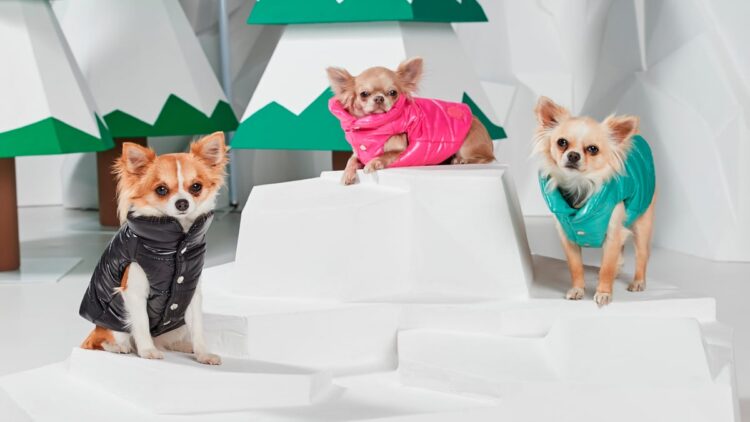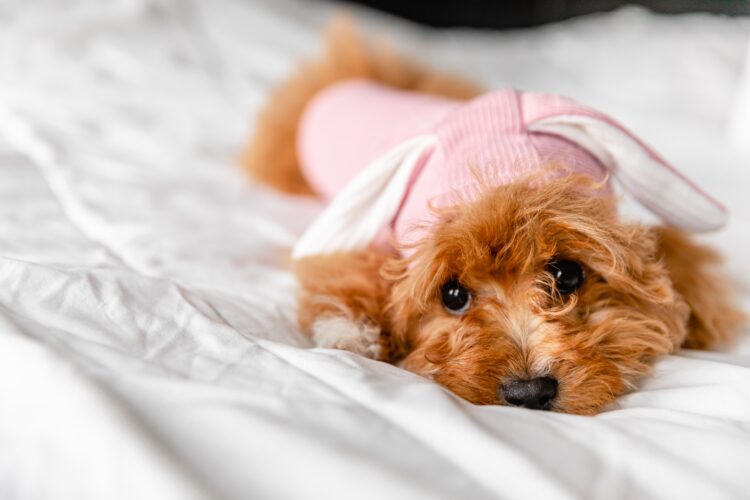Designer dog fashion is an ever-growing trend among pet owners who want their furry friends to look as stylish as they do. From luxurious collars and leashes to custom-made outfits, the market for high-end pet accessories is booming.
While it may be easy to get caught up in the excitement of dressing up your dog in the latest fashions, there are hidden costs that go beyond the price tag. Here, we delve into the various hidden costs of designer dog fashion that every pet owner should consider.
Table of Contents
Financial Costs
1. Initial Purchase Price
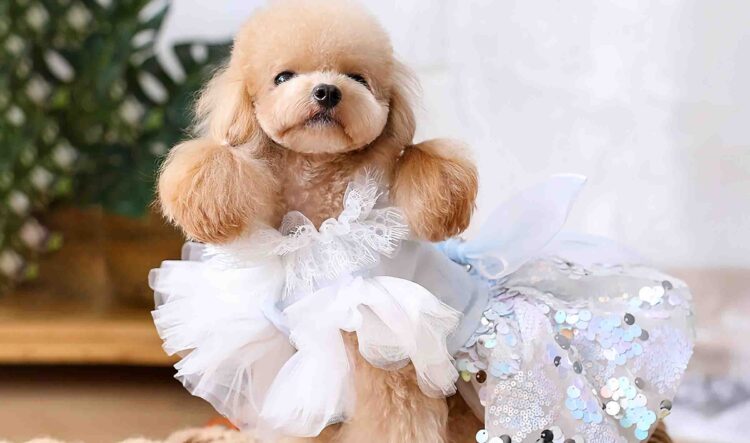
The most obvious cost of designer dog collar in the USA is the initial purchase price. High-end brands like Louis Vuitton, Hermès, and Ralph Lauren offer collars, leashes, and outfits that can range from $100 to several thousand dollars. These luxury items are often made from premium materials and feature intricate designs, which justify their high prices. However, this is just the tip of the iceberg.
2. Maintenance and Care
Designer dog fashion items often require special care to maintain their appearance and longevity. Leather collars and leashes need to be cleaned and conditioned regularly to prevent cracking and wear. Outfits made from delicate fabrics may require hand washing or professional cleaning. These maintenance costs can add up over time, making the true cost of ownership much higher than the initial price.
3. Replacements and Upgrades
Dogs grow and their fashion needs change. Puppies will outgrow their designer collars and clothes, necessitating replacements. Additionally, trends in dog fashion change, and what was in style last season may no longer be desirable. Pet owners who want to keep their dogs looking trendy may find themselves frequently purchasing new items, further increasing the financial burden.
Environmental Costs
4. Resource Consumption
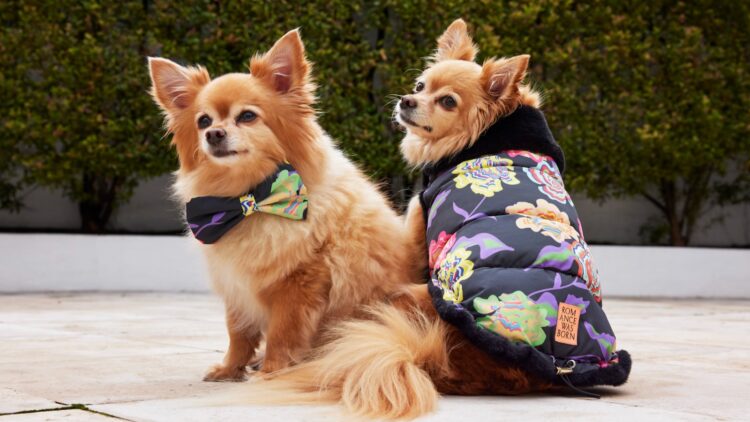
The production of designer dog fashion items often involves the use of high-quality materials such as leather, wool, and synthetic fabrics. The extraction and processing of these materials consume significant resources and energy. For instance, leather production requires large amounts of water and chemicals, contributing to environmental degradation. The hidden environmental cost of these luxurious items is often overlooked by consumers.
5. Waste Generation
Fast fashion is not just a human problem; it extends to pet fashion as well. As trends change and items are replaced, old collars, leashes, and outfits are discarded. Many of these items are not biodegradable and end up in landfills, contributing to the growing problem of textile waste. The environmental impact of constantly updating your dog’s wardrobe is a hidden cost that should be considered.
Ethical Costs
6. Animal Welfare
The demand for high-end materials such as exotic leathers and furs can have serious implications for animal welfare. Exotic skins often come from animals that are hunted or farmed in poor conditions. The fashion industry’s use of these materials can perpetuate unethical practices and contribute to the suffering of animals. Pet owners should consider the ethical implications of their purchases and opt for cruelty-free alternatives when possible.
7. Labor Practices
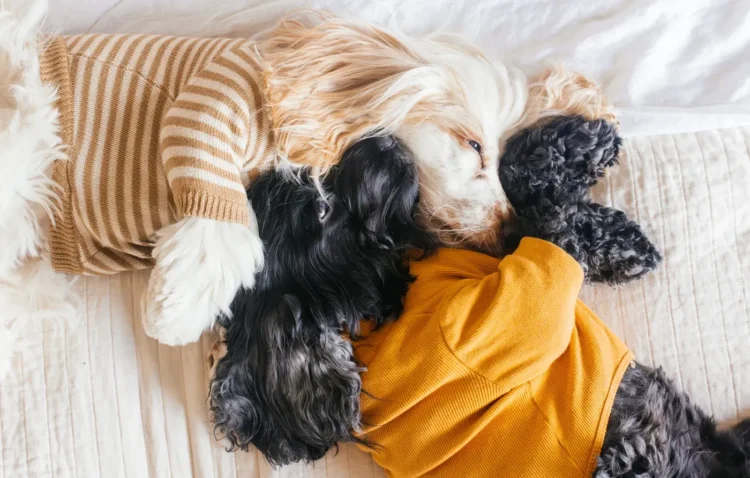
The production of designer dog fashion items can involve labor practices that are not always ethical. While some high-end brands are committed to fair labor practices, others may outsource production to factories with poor working conditions and low wages. Supporting brands that prioritize ethical labor practices is crucial in ensuring that the true cost of fashion does not include human suffering.
Social Costs
8. Societal Pressure and Perception
Designer dog fashion can create societal pressure to conform to certain standards of pet care and appearance. Pet owners may feel compelled to purchase expensive items to keep up with trends and maintain a certain image. This societal pressure can lead to unnecessary spending and stress. Additionally, it can perpetuate a culture of materialism and superficiality, where the focus is on appearance rather than the well-being of the pet.
9. Exclusivity and Inequality
The high cost of designer dog fashion creates an exclusive market that only a few can afford. This exclusivity can foster a sense of inequality among pet owners and create divisions based on financial status. It also reinforces the idea that love and care for a pet are best demonstrated through expensive purchases, overshadowing the importance of time, attention, and affection.
Health Costs
10. Comfort and Safety
While designer dog fashion items are often made to look good, they are not always designed with the dog’s comfort and safety in mind. Some materials can cause allergic reactions, and certain designs may restrict movement or cause discomfort. For example, collars that are too tight can lead to respiratory issues, while outfits that cover too much of the dog’s body can cause overheating. Pet owners must balance style with functionality and ensure that their pet’s health and comfort are not compromised for the sake of fashion.
11. Psychological Impact
Dogs, like humans, can experience stress and anxiety. Constantly dressing and undressing a dog, especially in uncomfortable or unfamiliar outfits, can cause unnecessary stress. Dogs may feel restricted or uneasy in certain clothes, leading to behavioral issues. Pet owners should be mindful of their dog’s reactions to fashion items and prioritize their mental well-being over aesthetics.
Long-Term Costs
12. Lifespan of Items
Unlike everyday pet accessories, designer dog fashion items may not be used as frequently due to their high cost and delicate nature. This infrequent use can make them seem like a poor investment in the long run, especially if the dog outgrows them or if they fall out of fashion. The long-term value of these items is often less than their initial cost, making them an impractical choice for budget-conscious pet owners.
13. Impact on Pet Owner’s Finances
The cumulative cost of maintaining a designer wardrobe for your dog can have a significant impact on your finances. Regular purchases, care, and replacements add up over time, potentially diverting funds from more important needs such as veterinary care, high-quality food, and training. Pet owners need to consider the long-term financial implications of indulging in designer dog fashion.
